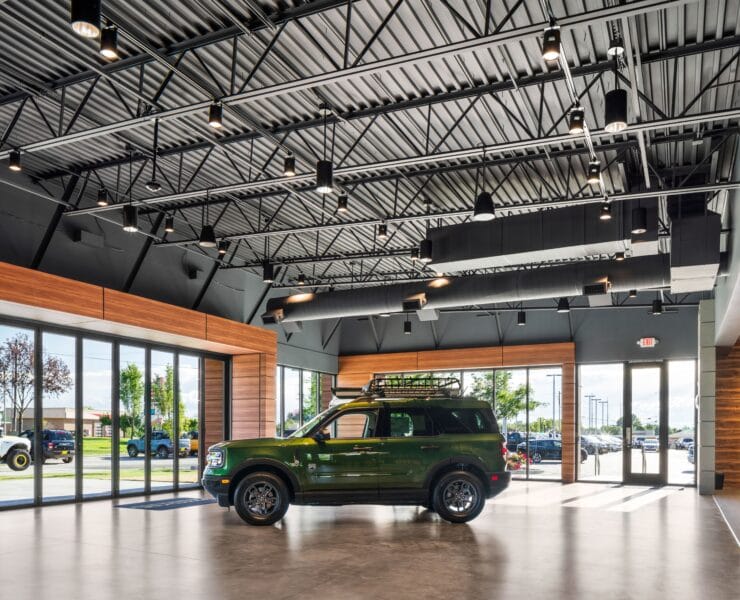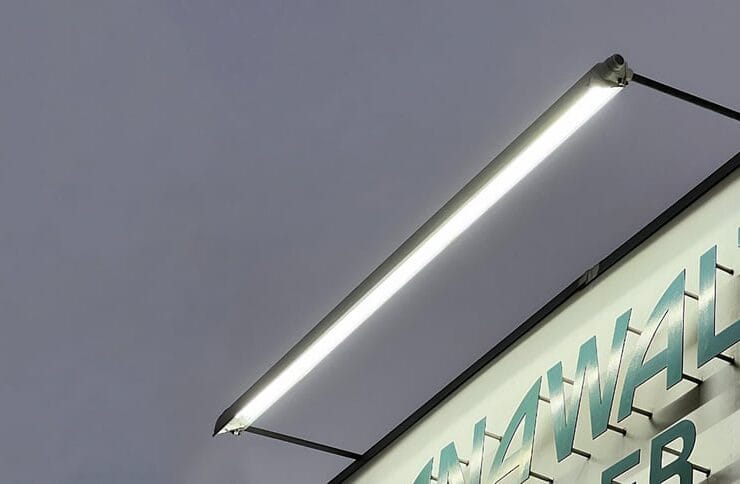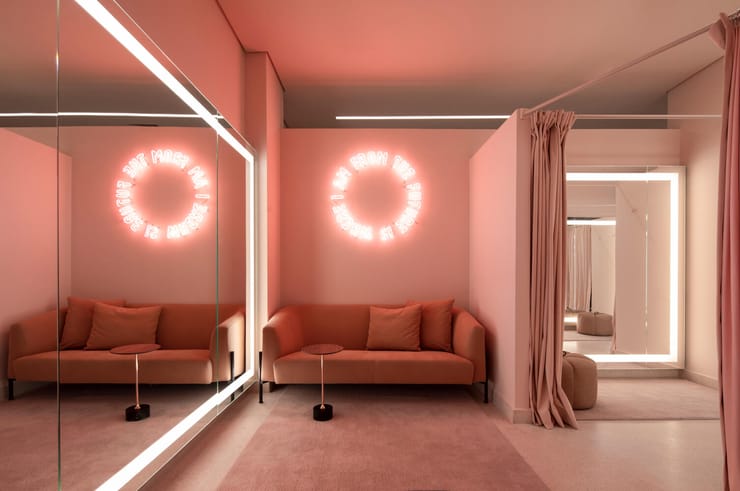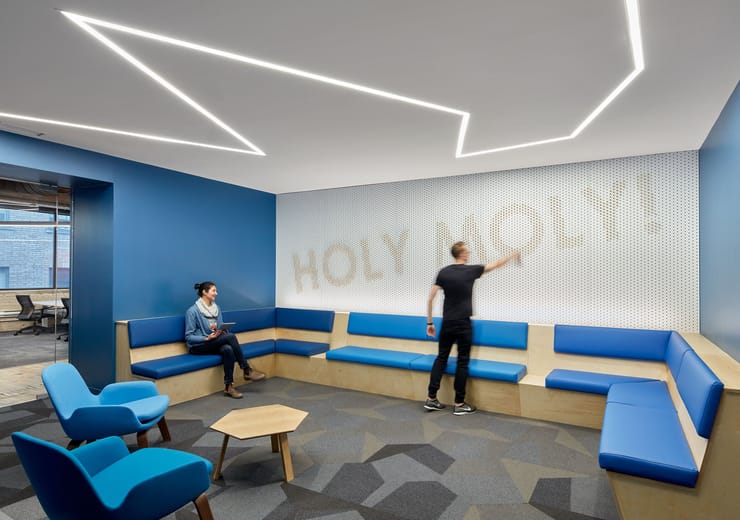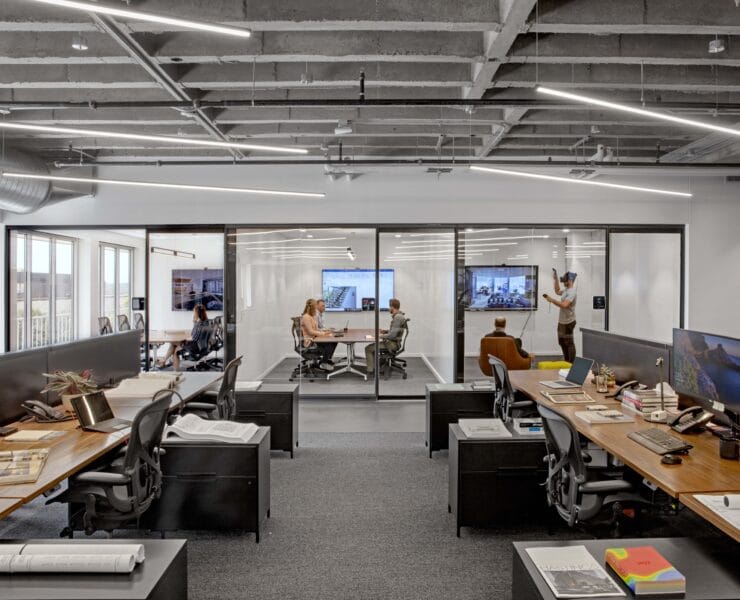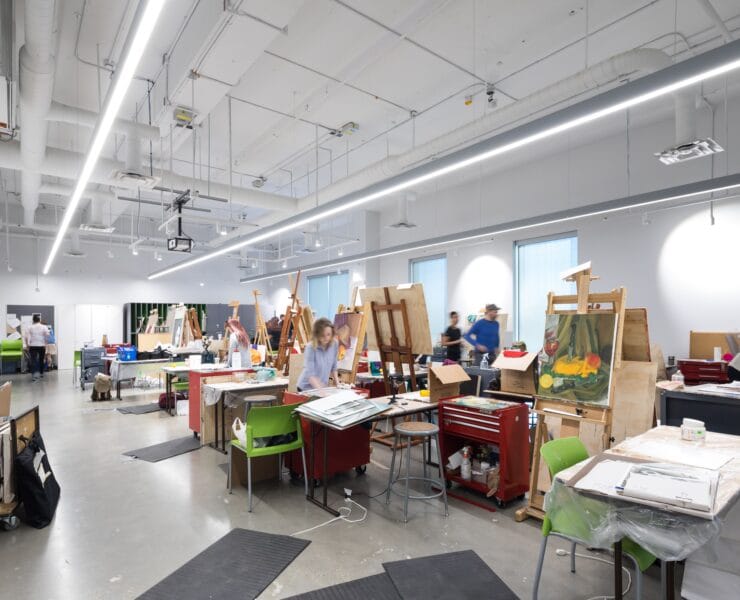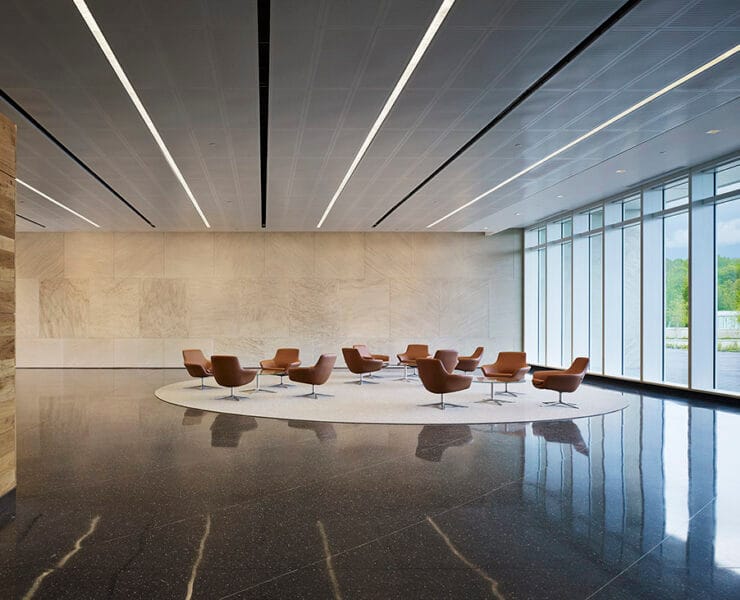Learning Lab
The Learning Lab is where you can find information on lighting technologies, history and science. Learn about lighting and build your knowledge of the industry. You can also find practical guides to using different types of fixtures and designing for specific applications.

